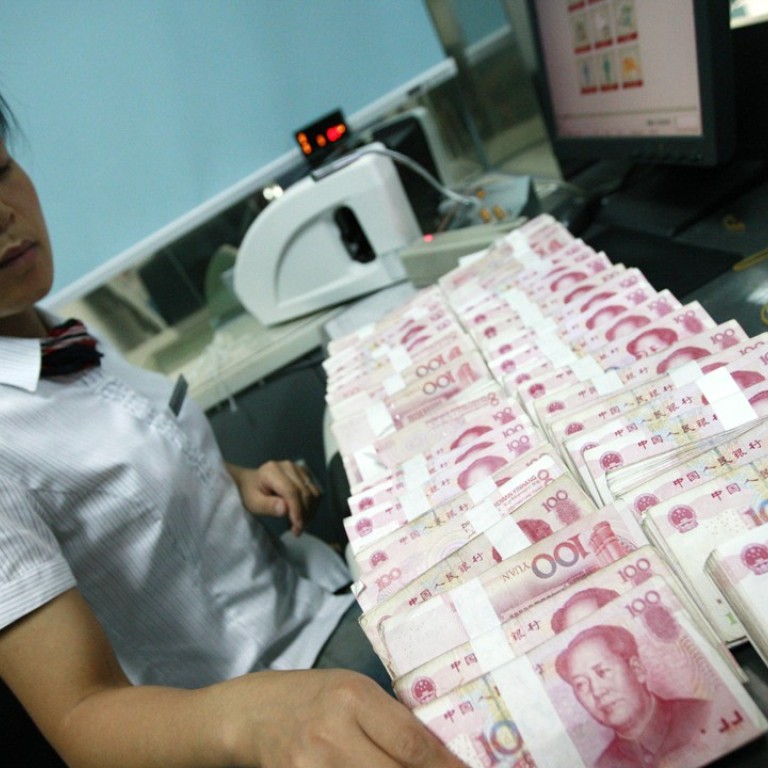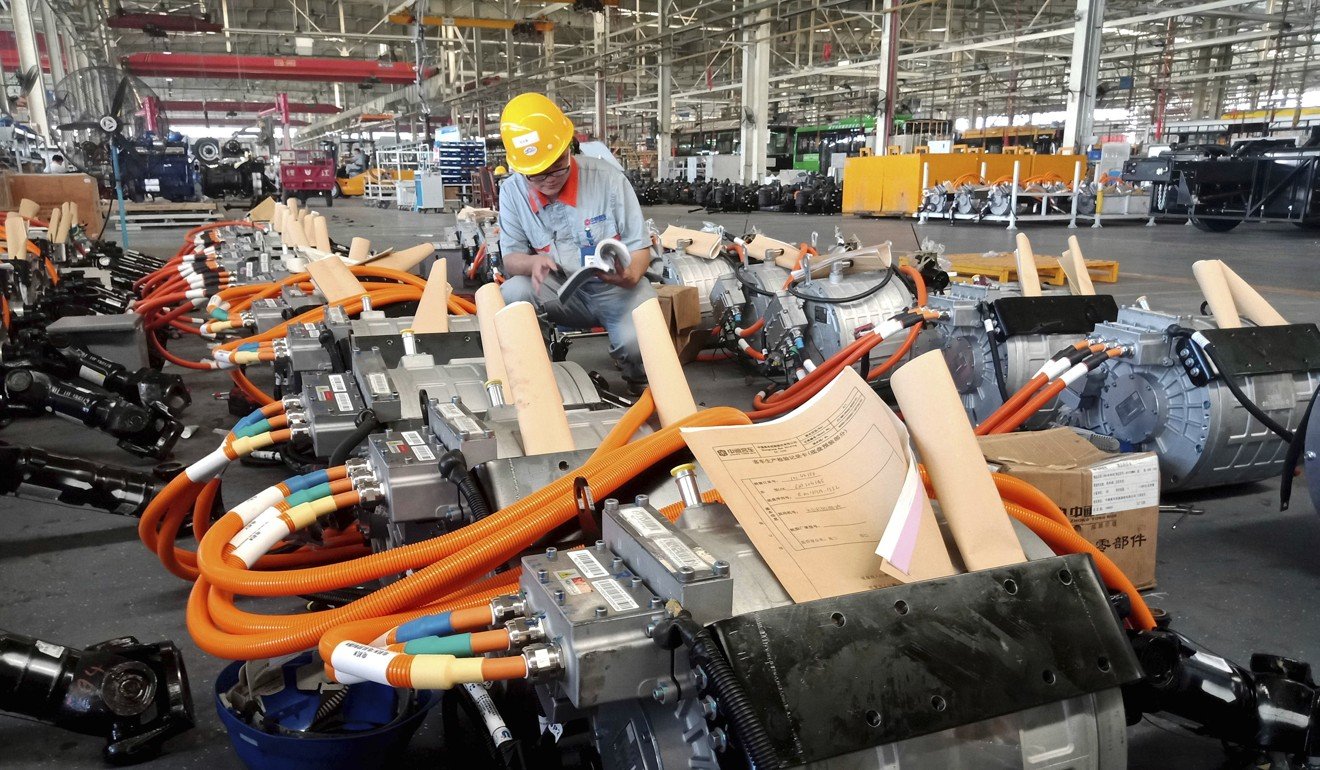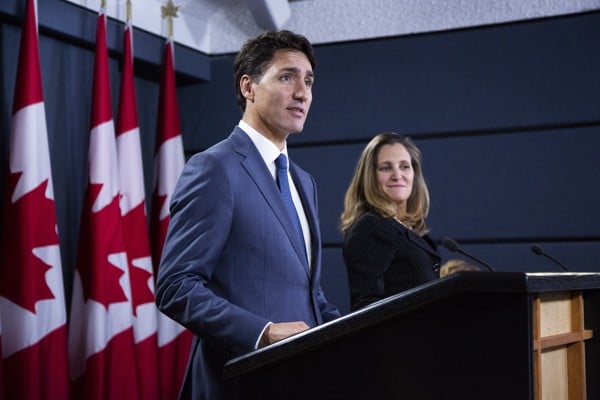
New Nafta clause may be first US step to extend its currency manipulator criteria to global trade deals
The USMCA foreign exchange clause may be an initial attempt by the US to extend its currency manipulator criteria to other trade deals in an attempt to hem in managed exchange rate regimes, such as China’s
A curious part of the new US, Mexico, Canada Agreement (USMCA), which replaces and updates the North American Free Trade Agreement (Nafta), is a chapter on “macroeconomic policies and exchange rate matters”, which could set a precedent for the US negotiating further trade deals with other countries, say analysts.
Chapter 33 addresses countries artificially devaluing their currencies to gain an unfair competitive advantage in international trade. It is the first time such a clause has been included in a major trade agreement.
The clause only applies to the three countries in the USMCA agreement, where there is no controversy on respective exchange rates.
Its inclusion could, however, signal the Trump administration’s intent to include similar wording in other trade deals it is now negotiating with the European Union and Japan, and could form the basis for an argument that it should be the norm for all trade agreements.
If that is the intent, then it could effectively extend the current US currency manipulation examination process to much of the rest of the world, putting pressure on those countries who do not have freely-floating exchange rates, such as China.
A market-determined exchange rate regime should be achieved by the three USMCA participants, according to the currency chapter, and those three countries should take steps to strengthen economic fundamentals to reinforce exchange rate stability.
To monitor these standards, countries’ monthly interventions in foreign exchange markets need to be disclosed no later than seven days after the end of each month, while their quarterly balance of payments portfolio capital flows must be reported no later than 90 days after the end of each quarter.
The new clause could be used as a way to put further pressure on China. It is a signal to other partners of the US that this is going to be an issue in their trade negotiations
Analysts see inclusion of the language and the reporting requirements as another step by the Trump administration to tighten global trading rules to benefit the US.
“The new clause could be used as a way to put further pressure on China. It is a signal to other partners of the US that this is going to be an issue in their trade negotiations,” said Eugenia Fabon Victorino, head of Asia Strategy at Nordic bank Skandinaviska Enskilda Banken (SEB).
The USMCA comes ahead of the release of the US Treasury’s semi-annual report to Congress on the foreign exchange policies of its major trading partners, due at the earliest on October 15. The report is governed by two separate Acts: the Omnibus Trade and Competitiveness Act of 1988 (1988 Act), and the Trade Facilitation and Trade Enforcement Act of 2015 (2015 Act).

Whether China is formally labelled a currency manipulator by the US Treasury, which would be the first time since 1994, would depend on the extent of the standards and criteria used from the two Acts, according to Khoon Goh, head of Asia research at ANZ Bank.
Donald Trump has regularly asserted that China is a currency manipulator, both during his election campaign and since he became US president. Nevertheless, the administration has never labelled Beijing as a currency manipulator since Trump took office.

Under the 2015 Act, China only meets one out of the three criteria for currency manipulation, namely that a country runs a significant bilateral trade surplus with the US of at least US$20 billion. It does not meet the second condition that it runs a current account surplus of at least 3 per cent of its gross domestic product. Nor does it meet the third criterion of engaging in persistent, one-sided intervention in the foreign exchange market, which the US Treasury defines as being when “net purchases of foreign currency are conducted repeatedly and total at least 2 per cent of an economy’s GDP over a 12-month period”.
China, however, could still get labelled a currency manipulator if the US Treasury decides to rely more heavily on the older 1988 Act, which allows for a more subjective assessment of a currency is being manipulated to gain unfair competitive advantage in trade, Goh said.
“There is a material chance that the US could label China. The US administration can make a judgment that China is not doing enough to address the weakening of the yuan, even if it was market driven this year,” Goh said.

In the nation’s clearest sign yet that it did not intend to deliberately engineer a yuan devaluation to help its exporters, Premier Li Keqiang last month said at the World Economic Forum that Beijing had not manipulated the exchange rate of the yuan to cope with trade tensions.
As China moved towards a more liberalised exchange rate regime to make its currency more market driven rather than policy determined, the People’s Bank of China (PBOC), China’s central bank, has largely refrained from direct intervention in its currency market in the past year or so.
The yuan’s decline of 9 per cent against the US dollar since April was due largely to market concerns over a slowdown in the economy and the trade tensions.
In fact, the PBOC deployed measures to prop up the value of the yuan, such as the reintroduction of the countercyclical factor into the methodology of calculating the yuan’s daily reference rate. It also made it more costly to short – or bet against – the currency.
“If the pressure point is to make China more market oriented, and if China did exactly that, then the risk of the yuan would be to weaken even more and result in the threat of competitive devaluation,” SEB’s Victorino said.
Hawkish comments by the Federal Reserve chairman Jerome Powell and the release of stronger-than-expected US employment data on Wednesday triggered a surge in the US dollar and Treasury yields.
That in turn led offshore yuan, which is traded outside the mainland, to weaken and fall past the key 6.9000 level against the greenback.
Traders and asset managers are watching to see if the PBOC will soon take fresh steps to defend the currency from breaking the 7.000, a level seen creating market panic and rampant capital outflows.

